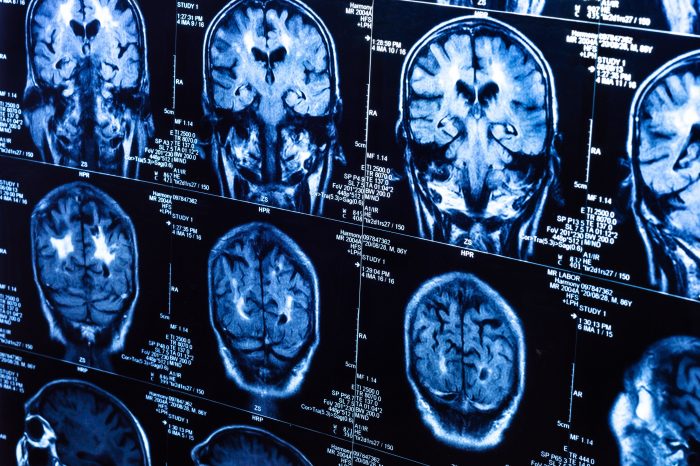

By Dr. David Norton
Osteopathic Manipulative Medicine (OMM) is often used to treat low back pain, but the underlying mechanisms of Osteopathic Manipulative Medicine and its short and long-term effects on pain is debated.
In this study published in the prestigious journal Nature,
Cerritelli et al. used MRI to investigate the effect of OMM on the brain
(using regional cerebral blood flow (rCBF)) and the autonomic system
(using heart rate variability (HRV)). The autonomic nervous system is a
system that works to maintain the body's internal homeostasis. This
system commonly referred to as the fight-or-flight system responds
differently depending on the stress, but measuring such a complex system
is challenging.
In this study, 32 right-handed patients were
divided (randomized) into either 4-weekly session of OMM (n=16) or a
sham manual therapy (n=16). The authors found that OMM changed blood
flow to areas of the brain associated with pain perception, impacted
heart rate variability and pain perception in patients with low back
pain.
The authors hypothesized that OMM effects pain by
impacting the brain and autonomic system thereby reducing an overall
inflammatory effect on tissues. This study highlights the complex
relationship between brain perfusion, heart rate variability and pain
the the low back, and suggests that Osteopathic Manipulation Treatment
has the ability to modulate these systems reducing pain and improving
overall clinical state.
Conclusion:
This paper demonstrates that osteopathic manipulative medicine can
changes cerebral blood flow to areas of the brain involved in pain and
impact the autonomic system, providing a possible neurobiological
mechanisms for Osteopathic Manipulative Medicine for low back pain.
References:
Cerritelli,
F., Chiacchiaretta, P., Gambi, F. et al. Osteopathy modulates
brain–heart interaction in chronic pain patients: an ASL study. Sci Rep
11, 4556 (2021).
Adductor longus selective tenotomy is a modern surgical treatment for chronic groin pain that offers faster recovery and better outcomes than traditional full release surgery. The adductor longus, an inner thigh
Read MoreDiscover how ultrasound helps diagnose plantar fat pad atrophy, a leading cause of ball-of-foot pain. Learn about symptoms, thickness cutoffs, and why early detection matters for relief.
Read More